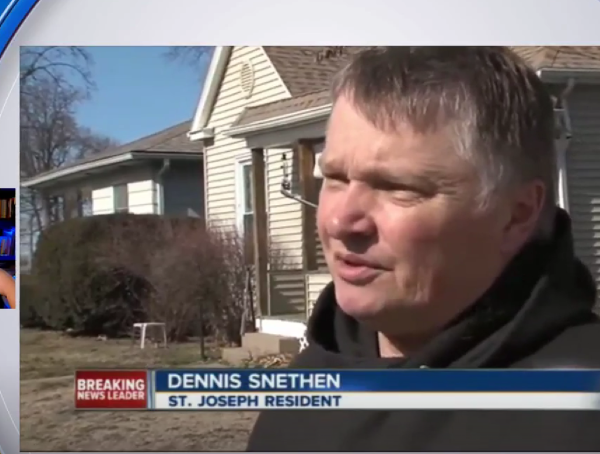Brianna Bynum, a multimedia journalist at WTOK, says since the COVID-19 pandemic started her use of social media has drastically increased.
“When the pandemic first hit a few months ago, social media use was definitely up at the station overall. This had a lot to do with staff having to post the daily case updates and streaming task force briefings. Months later, a lot of my posts are definitely still COVID related and that probably will be the case for a while,” says Bynum.
Besides the pandemic, the last few months were also marked by intense presidential campaigns in the United States, which is something Bynum had to cover too. On the day of the election, instead of being live on TV, she was live on Facebook from the newsroom.
“We actually have this new cool setup in our newsroom, it’s like a newsroom camera […] and we call it the digital news disc. So we can pull up Facebook, we have these different monitors so we can pull up Facebook and see what viewers are saying, and we can pull up the comments and they can see as we talk about them and as they roll in,” explains Bynum.
She participated in five Facebook lives on that Tuesday, informing people about ballot measures in Mississippi and updating viewers about election results. She argues that going live on Facebook triggers more engagement with viewers than classic on-air reporting, because of the ability of the audience to be active and ask questions simultaneously.
“Going live on Facebook is a great way to interact and form a connection with viewers. Although it’s live, it’s a little different from being live on air. Being live on Facebook is more like a group discussion. I answer questions, share what I know, etc. When I’m live on air, it’s just me telling what I know and there’s not really an opportunity for viewer engagement at the moment,” concludes Bynum.








